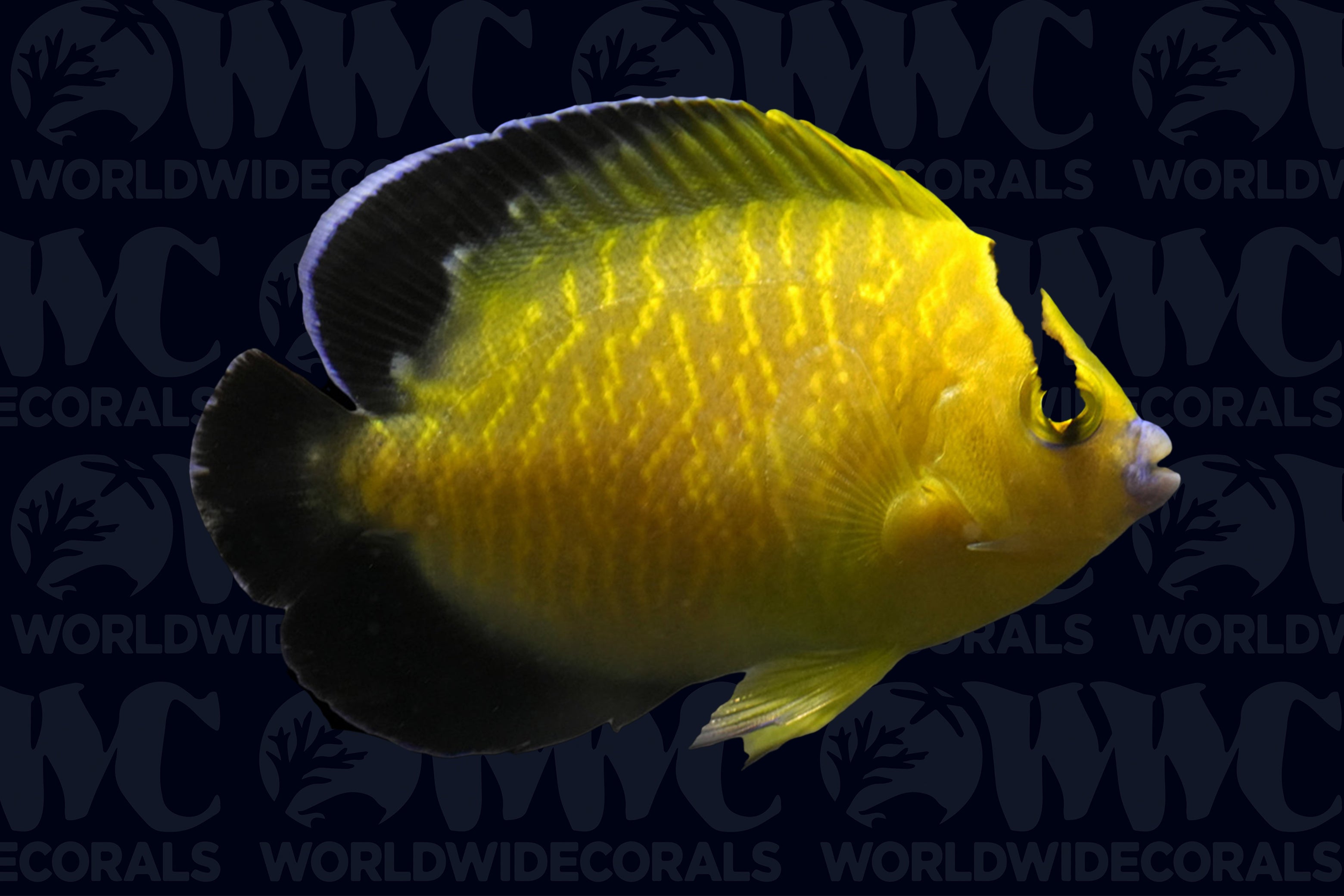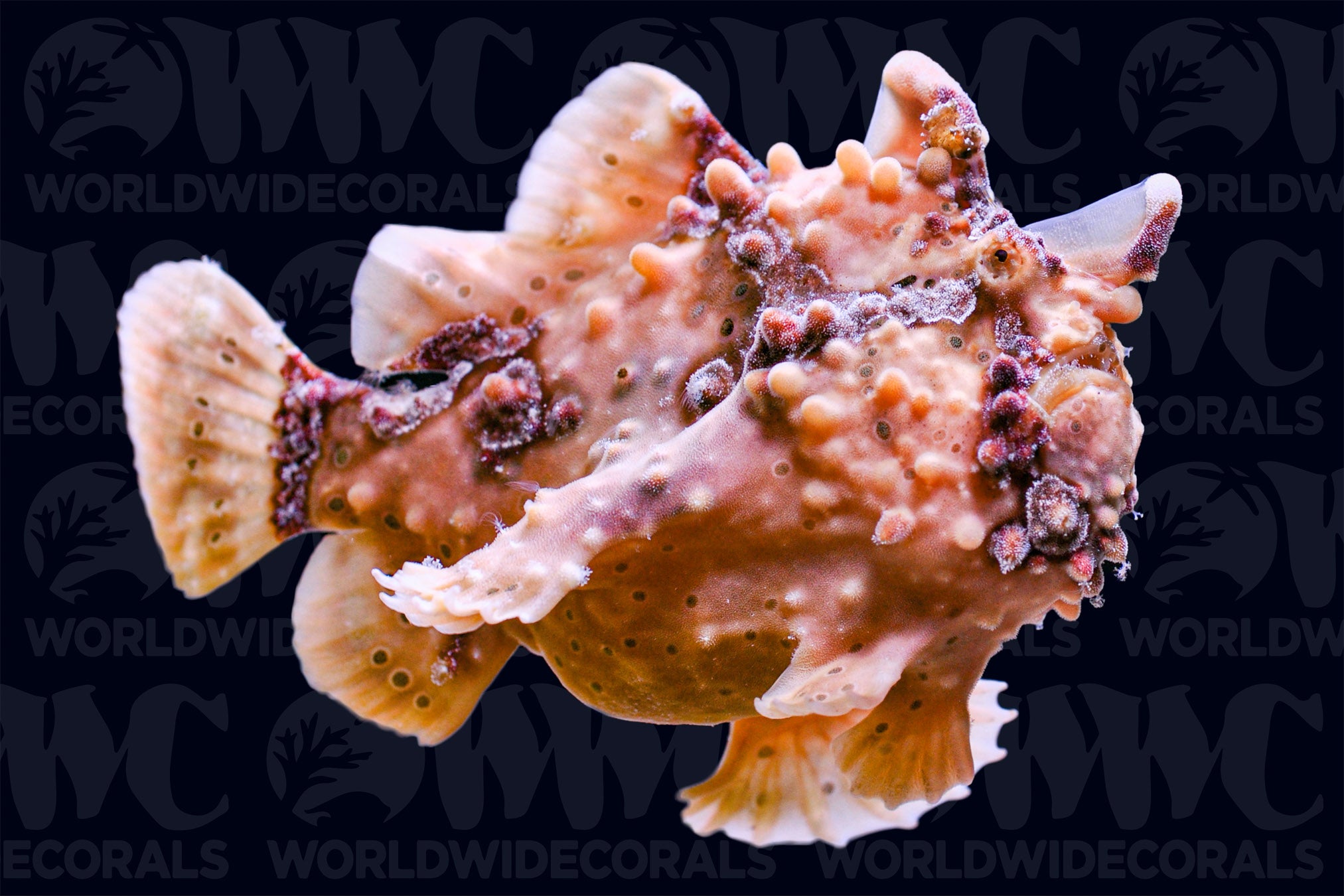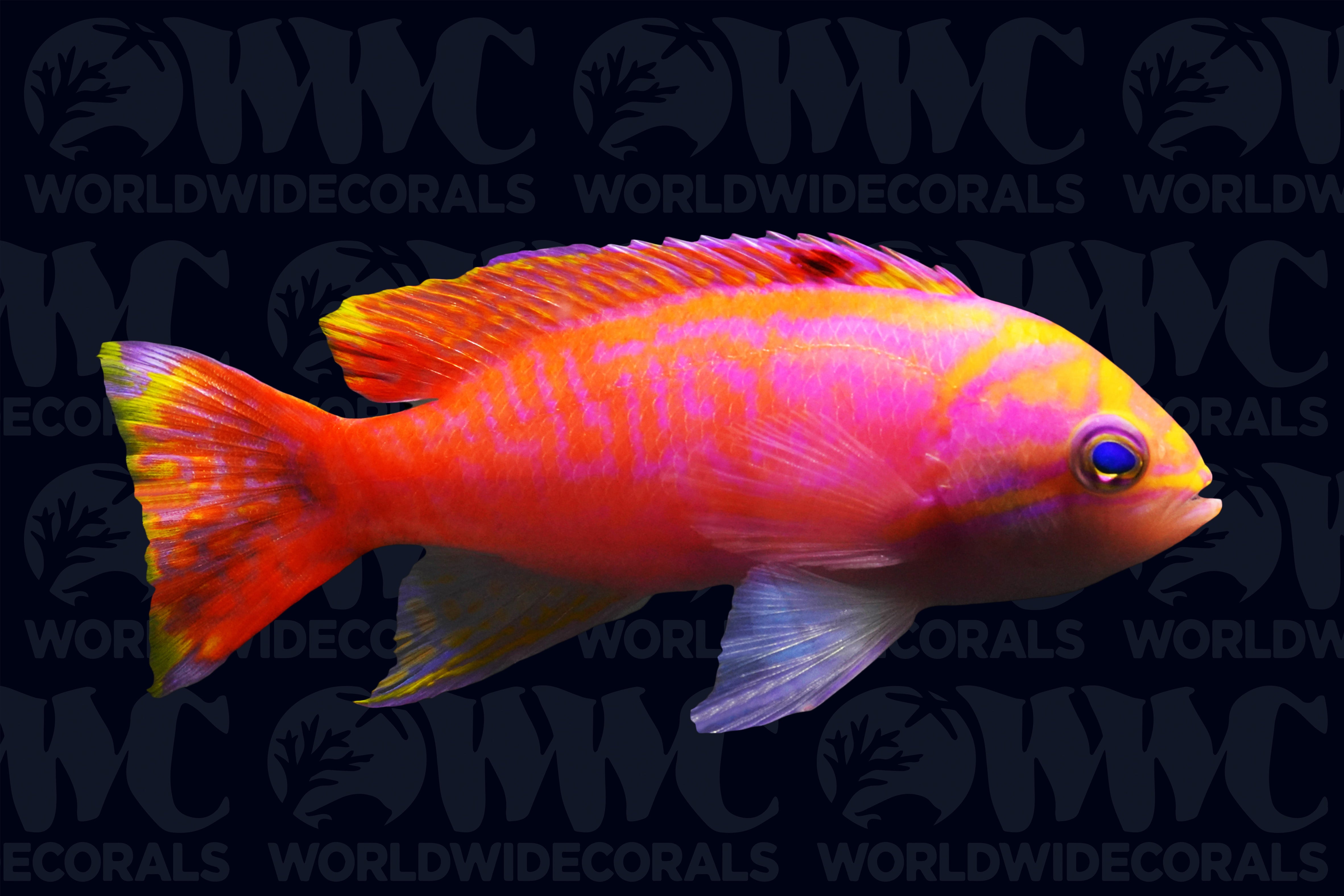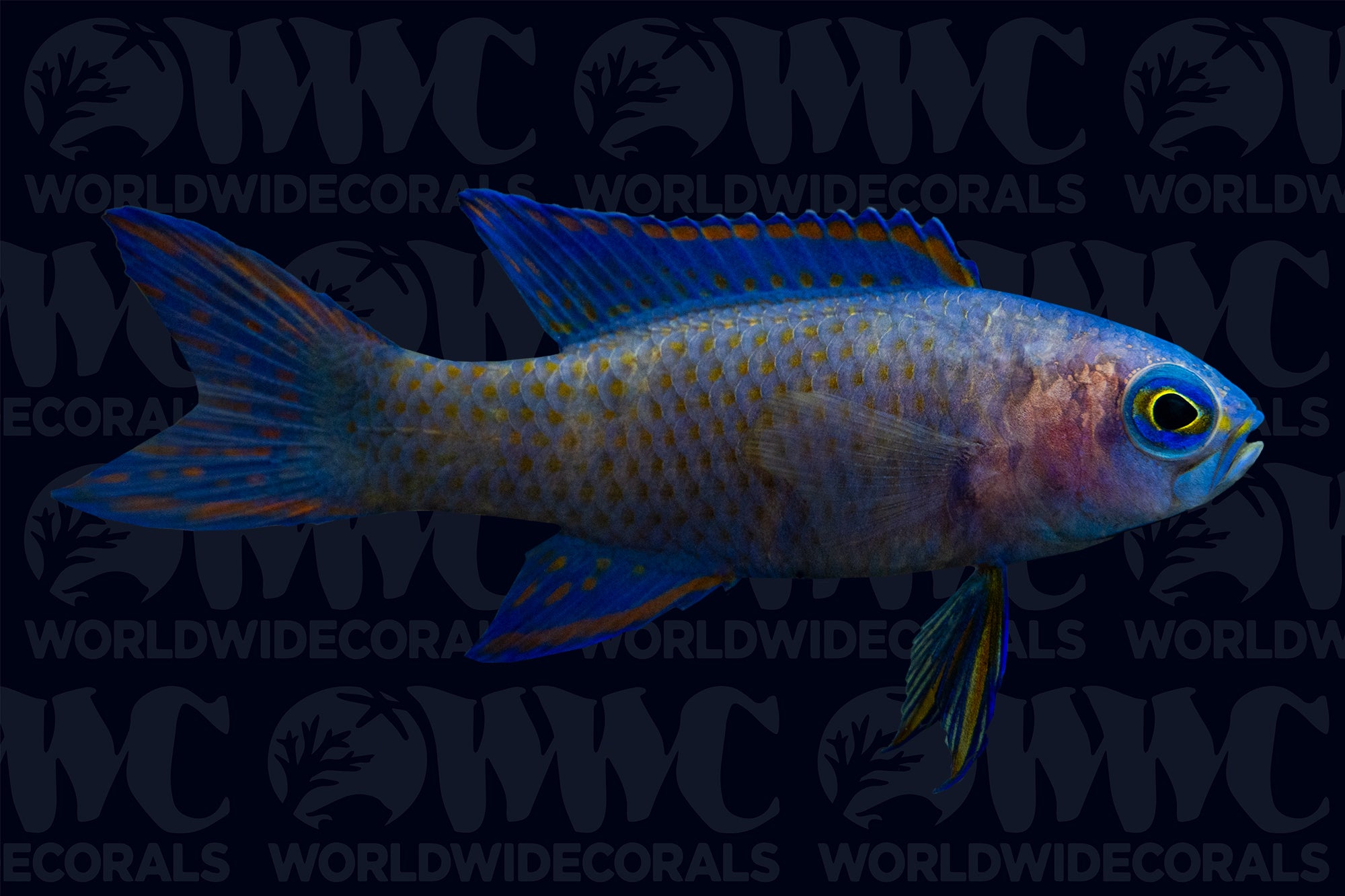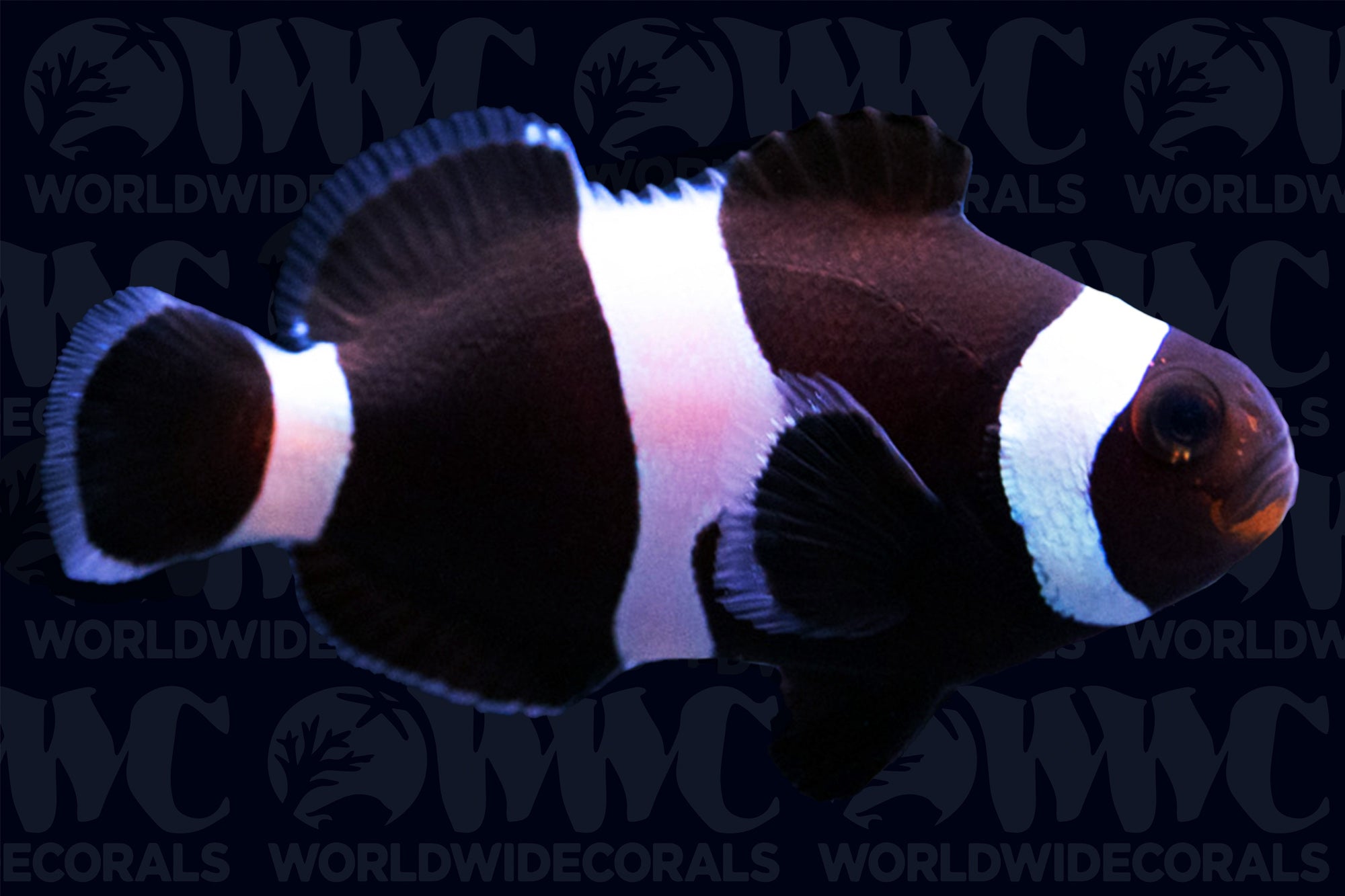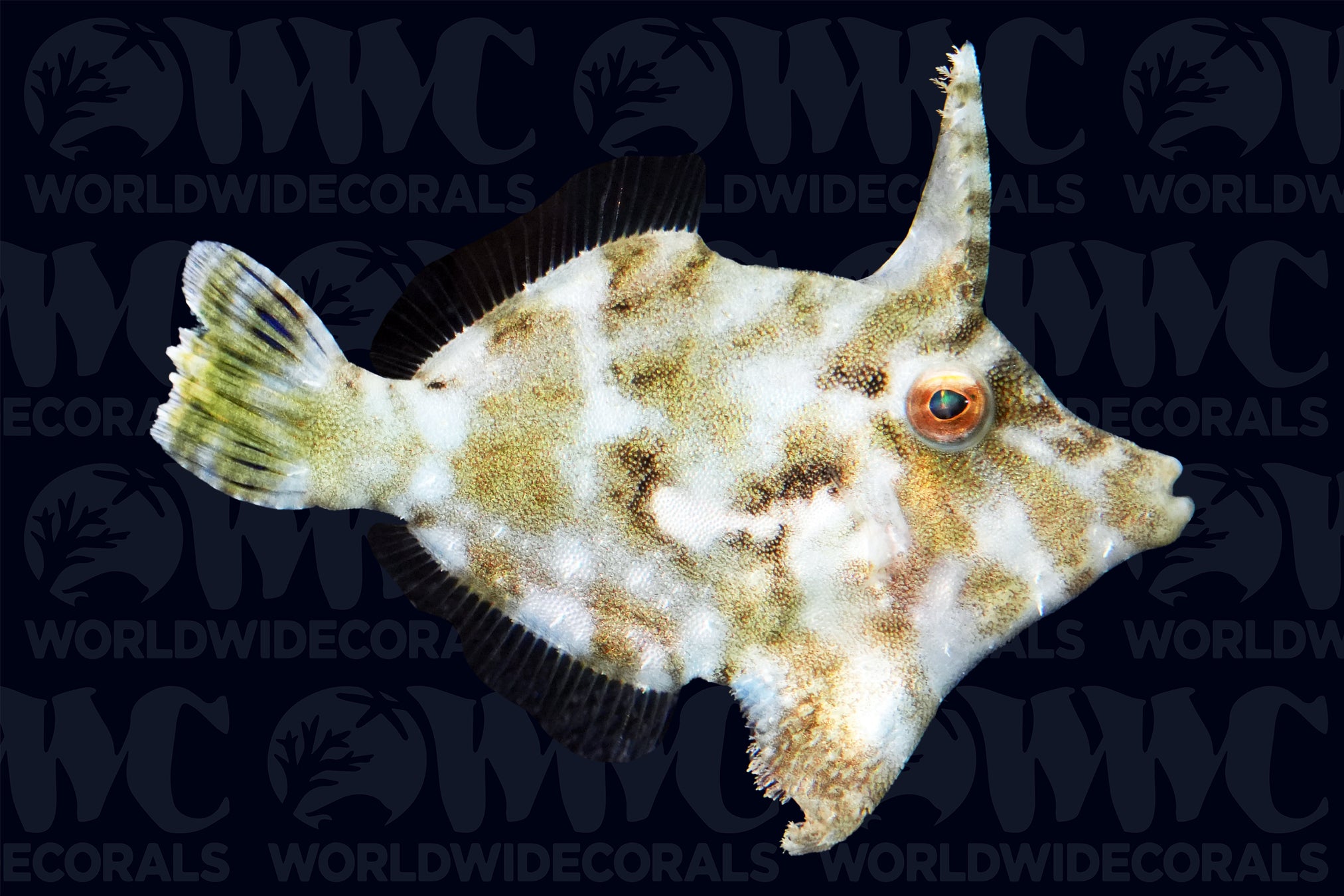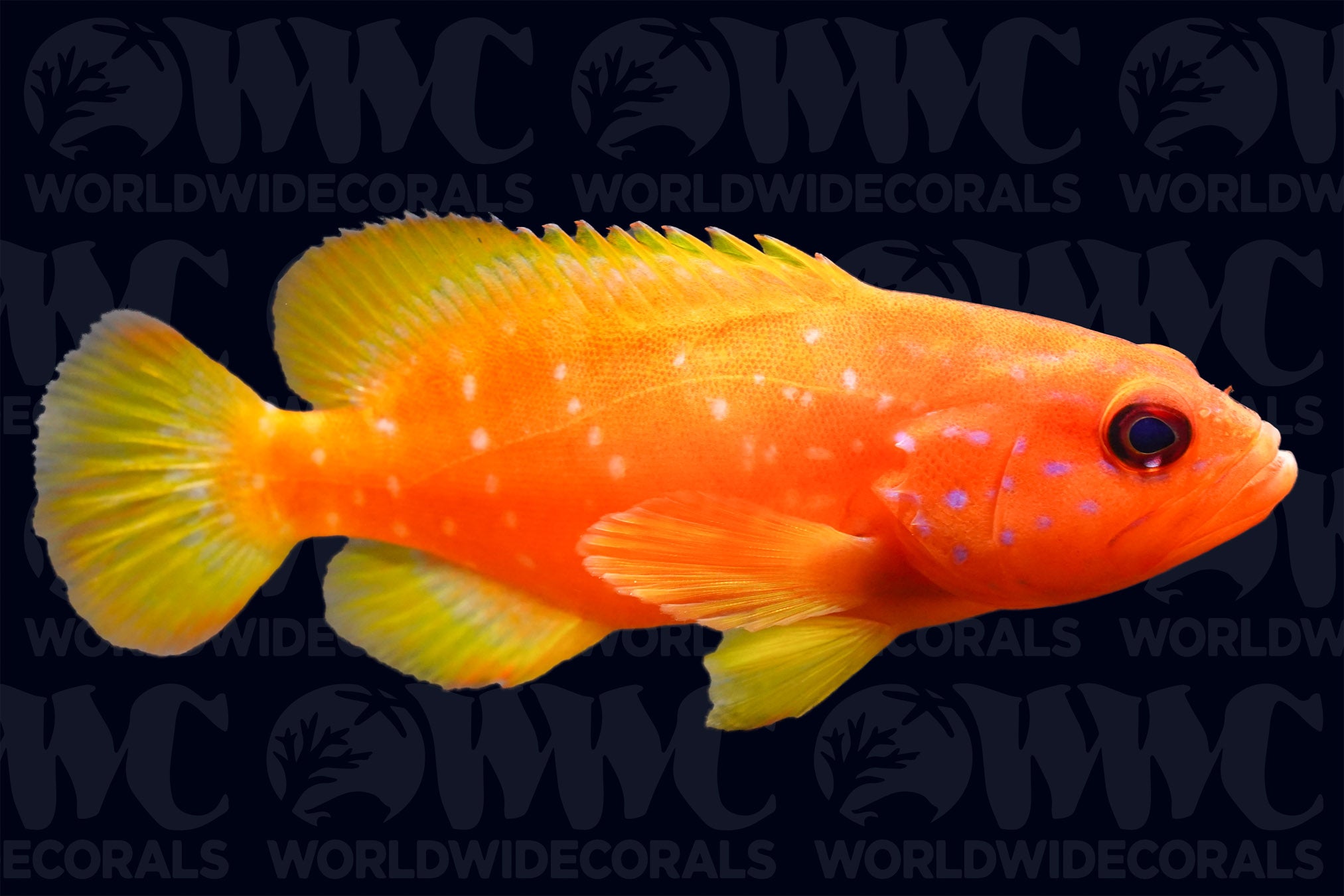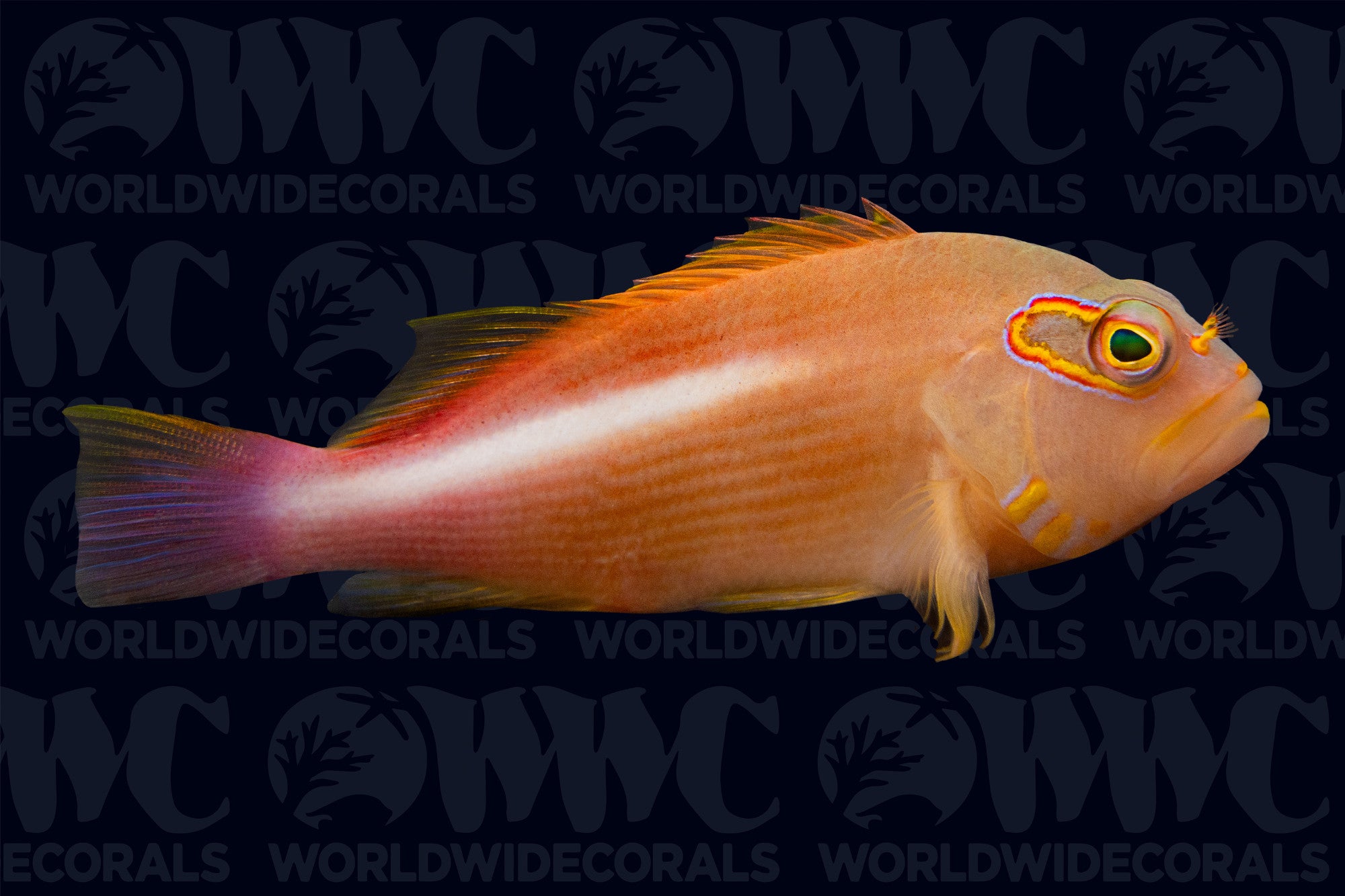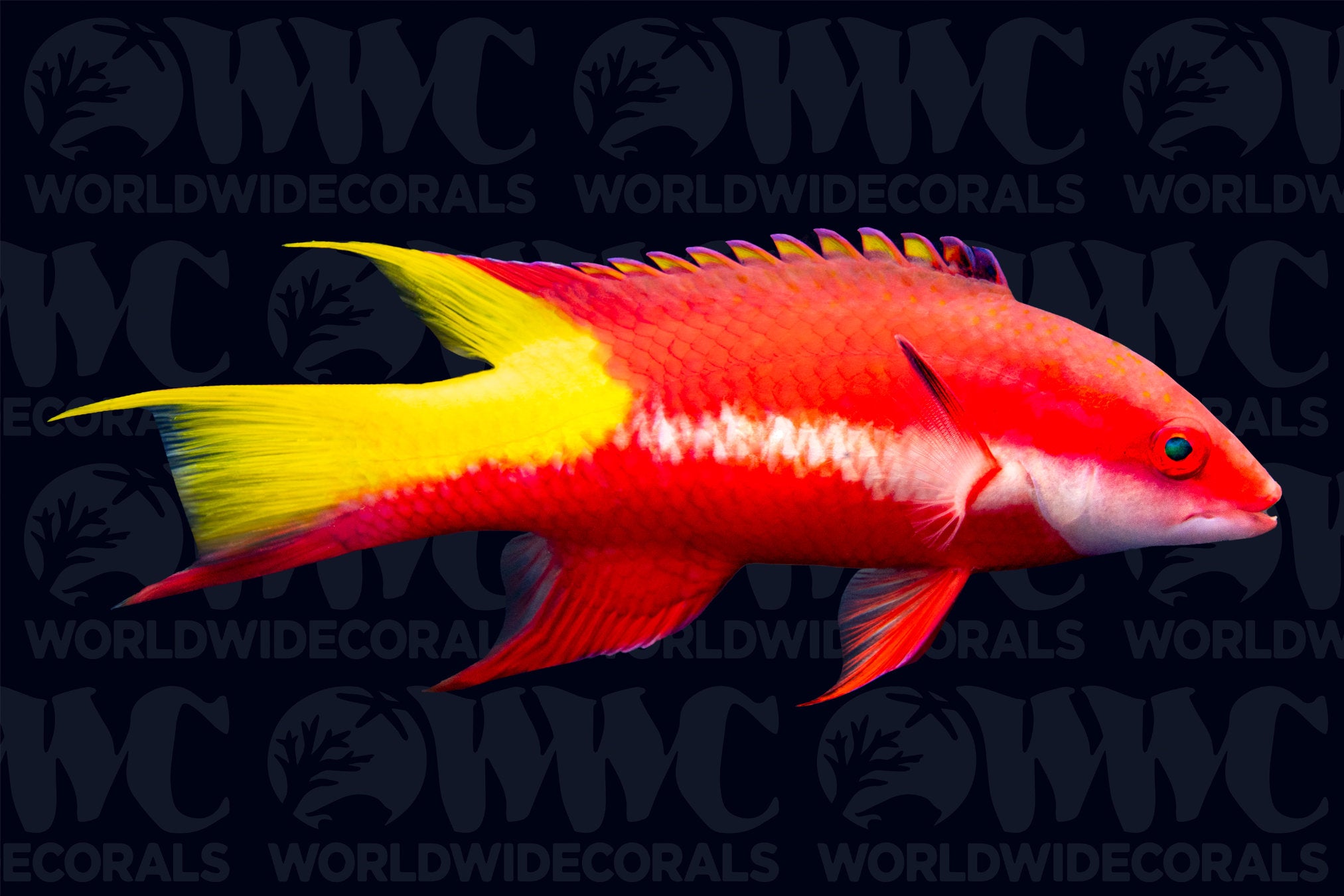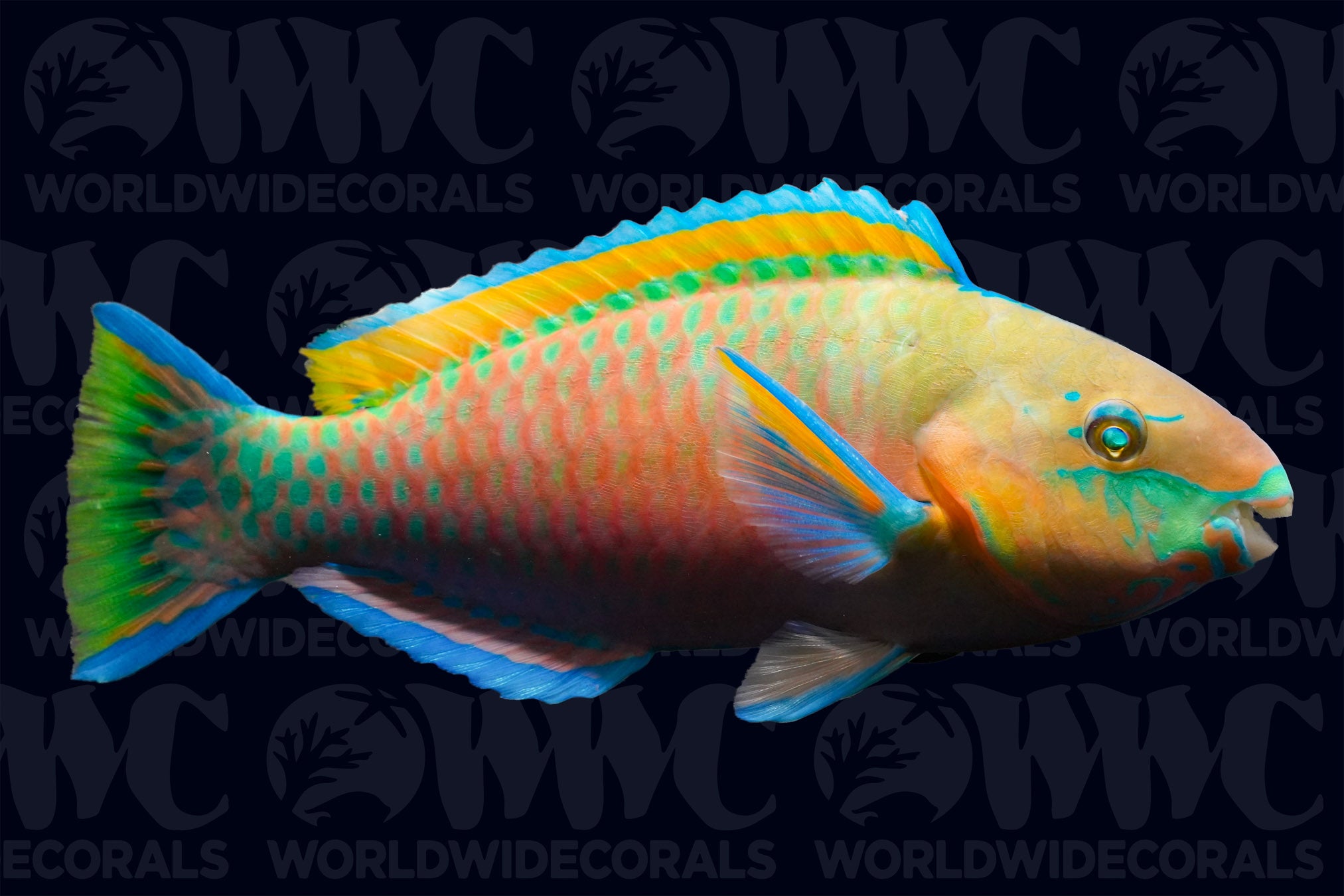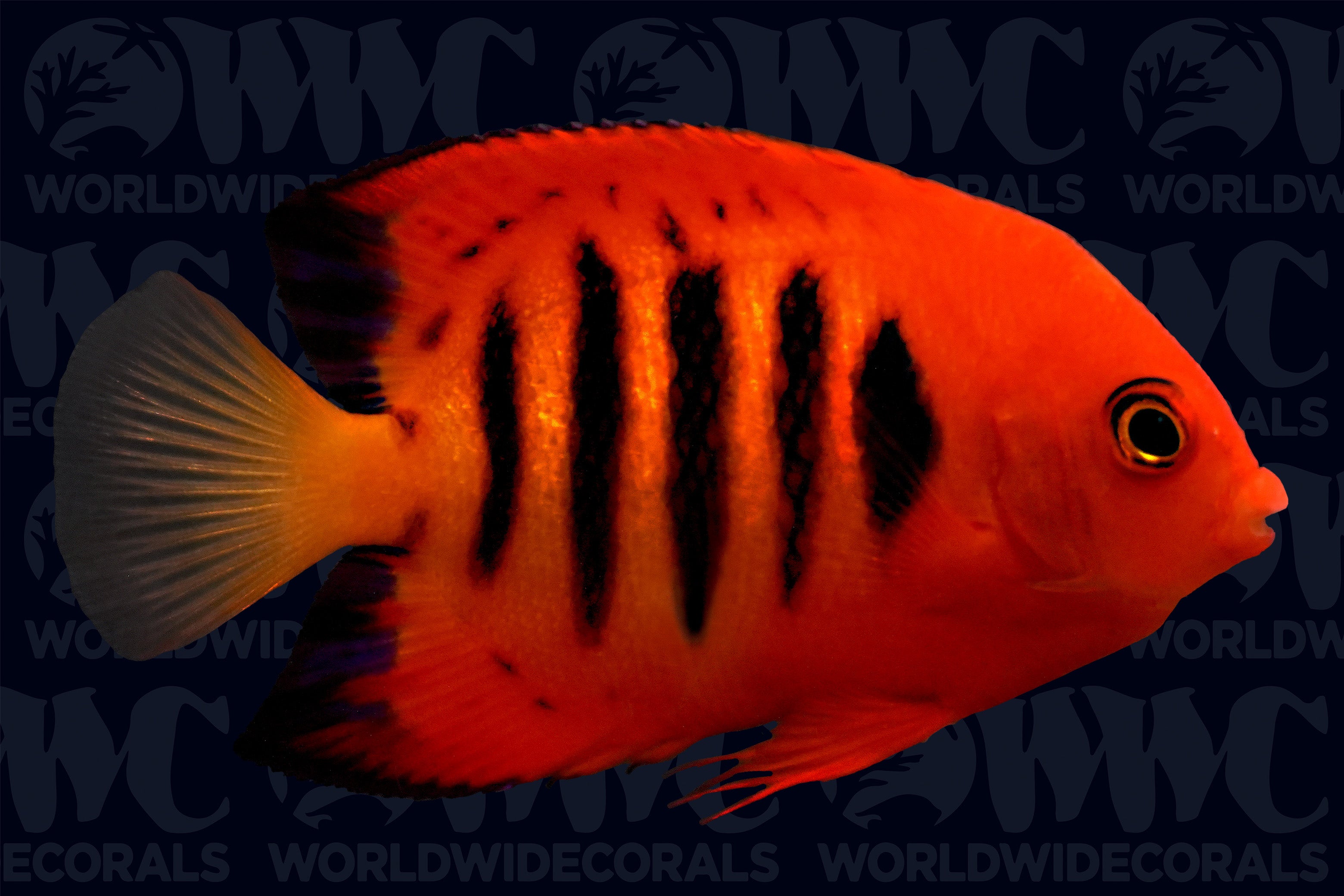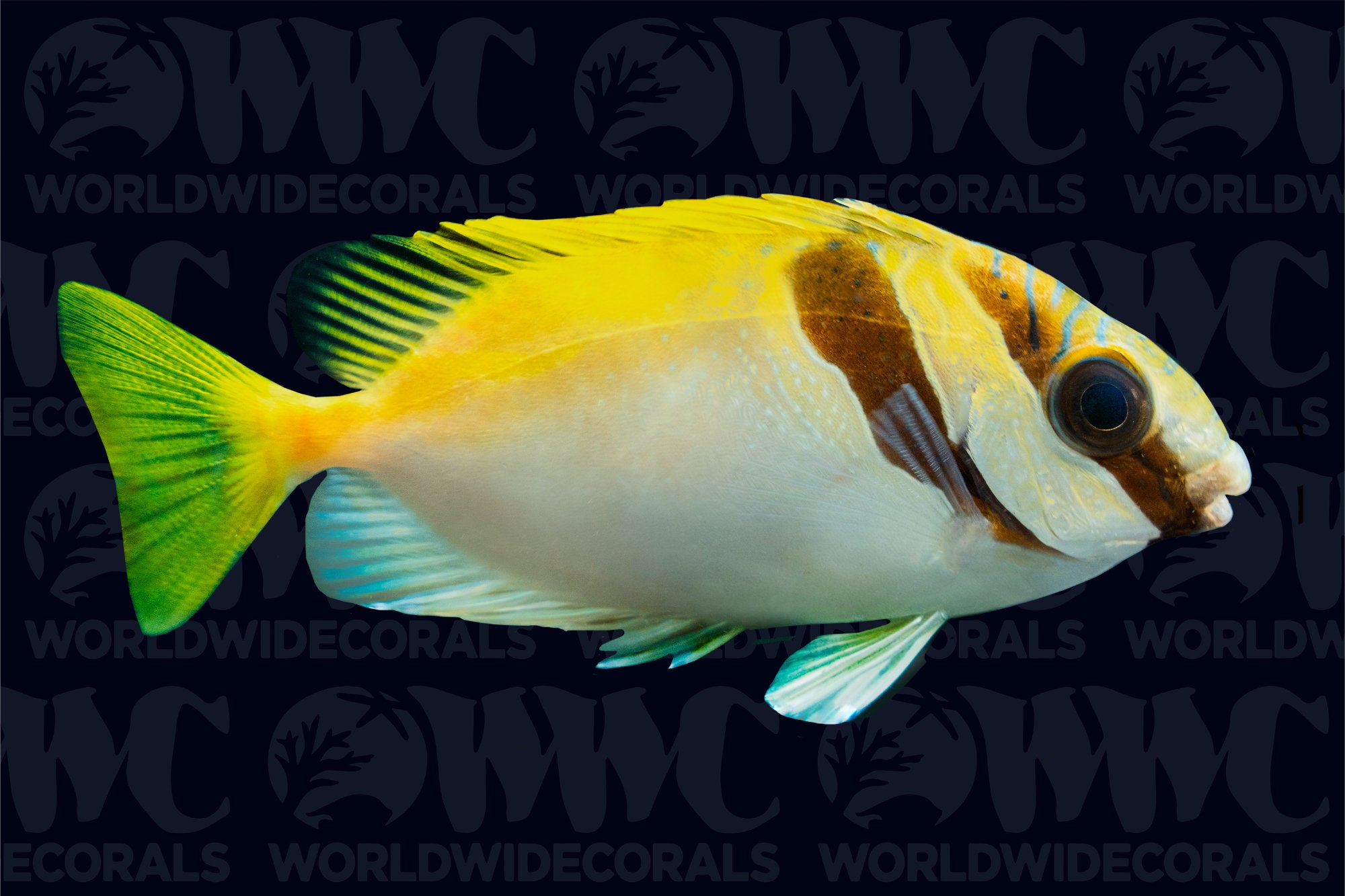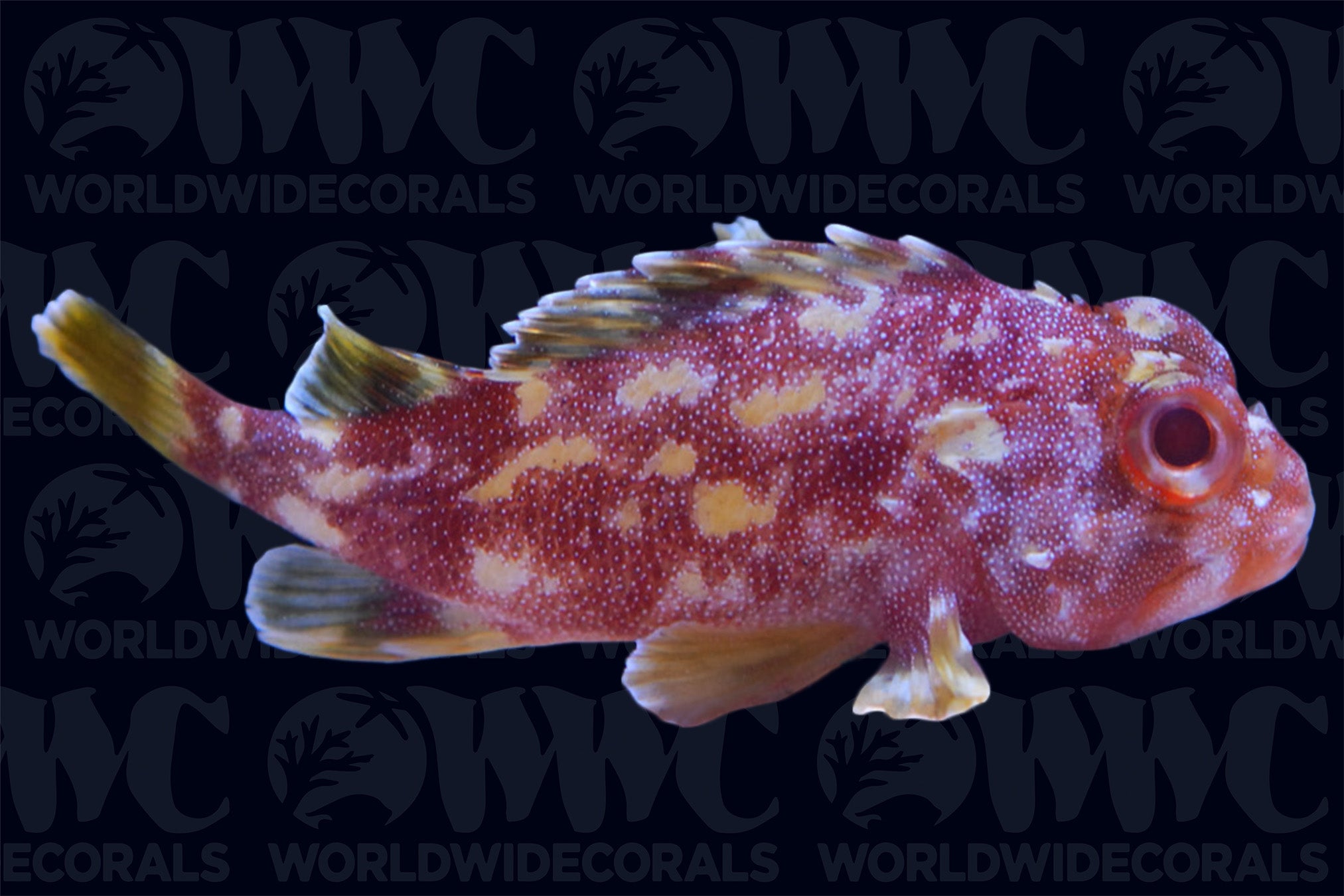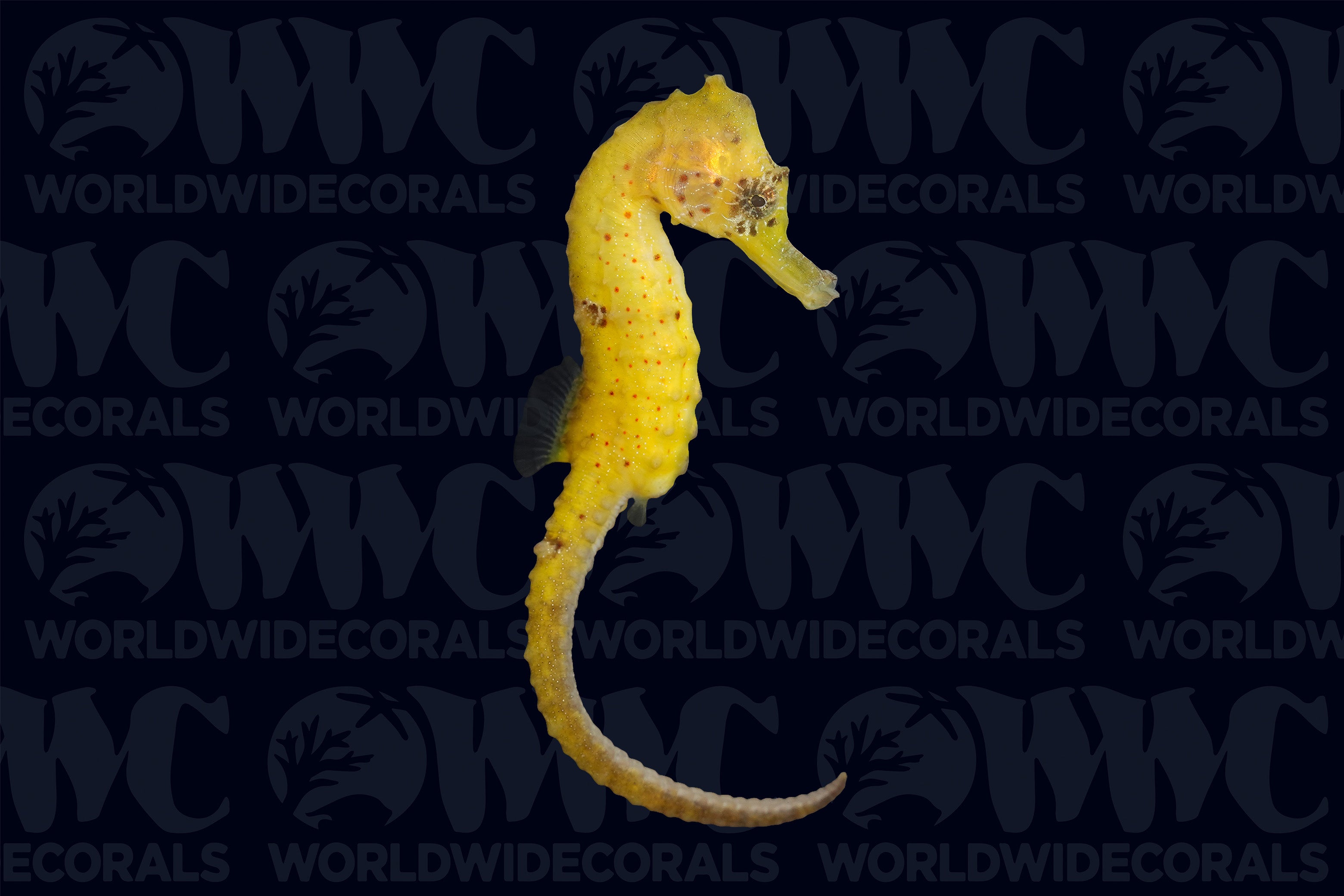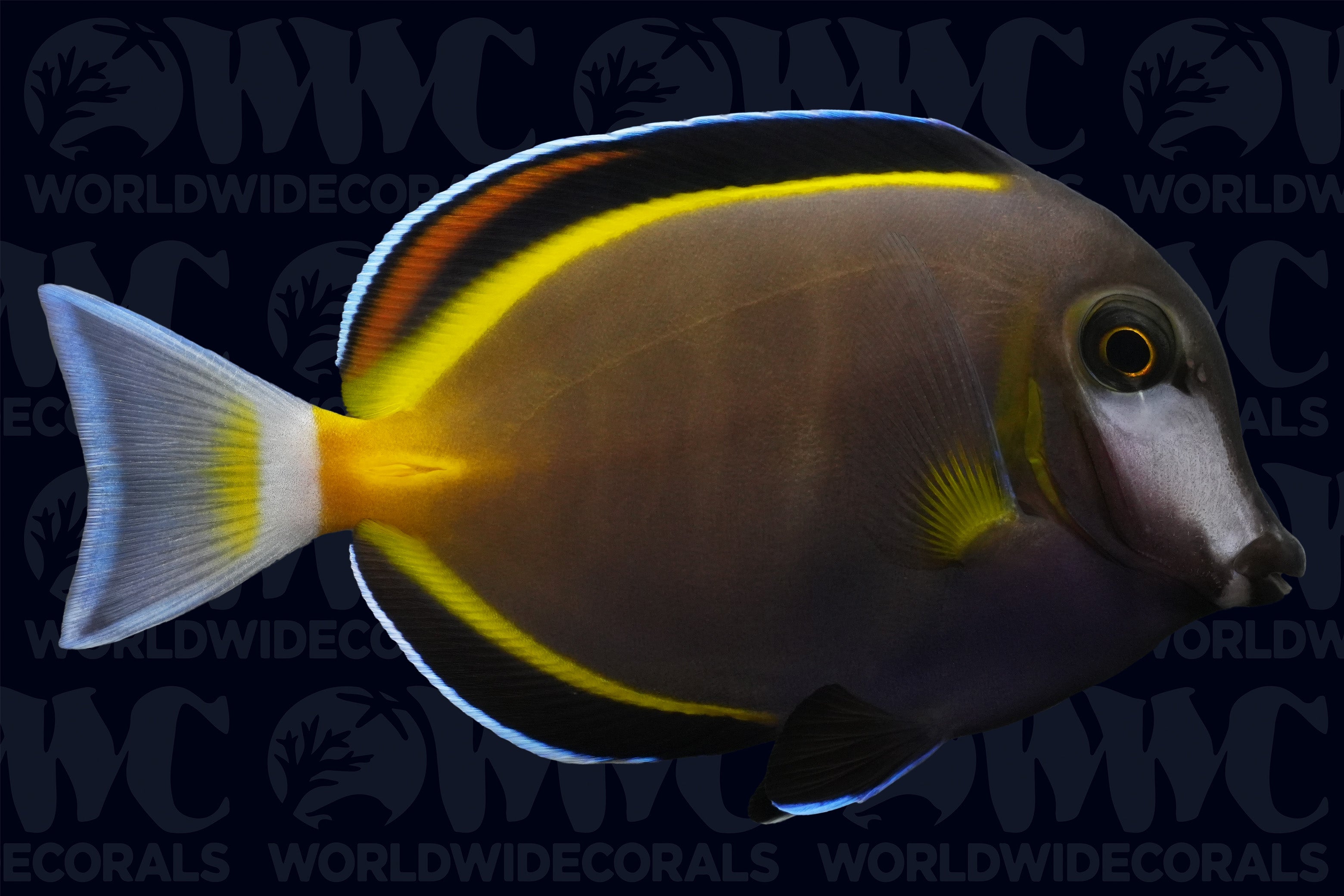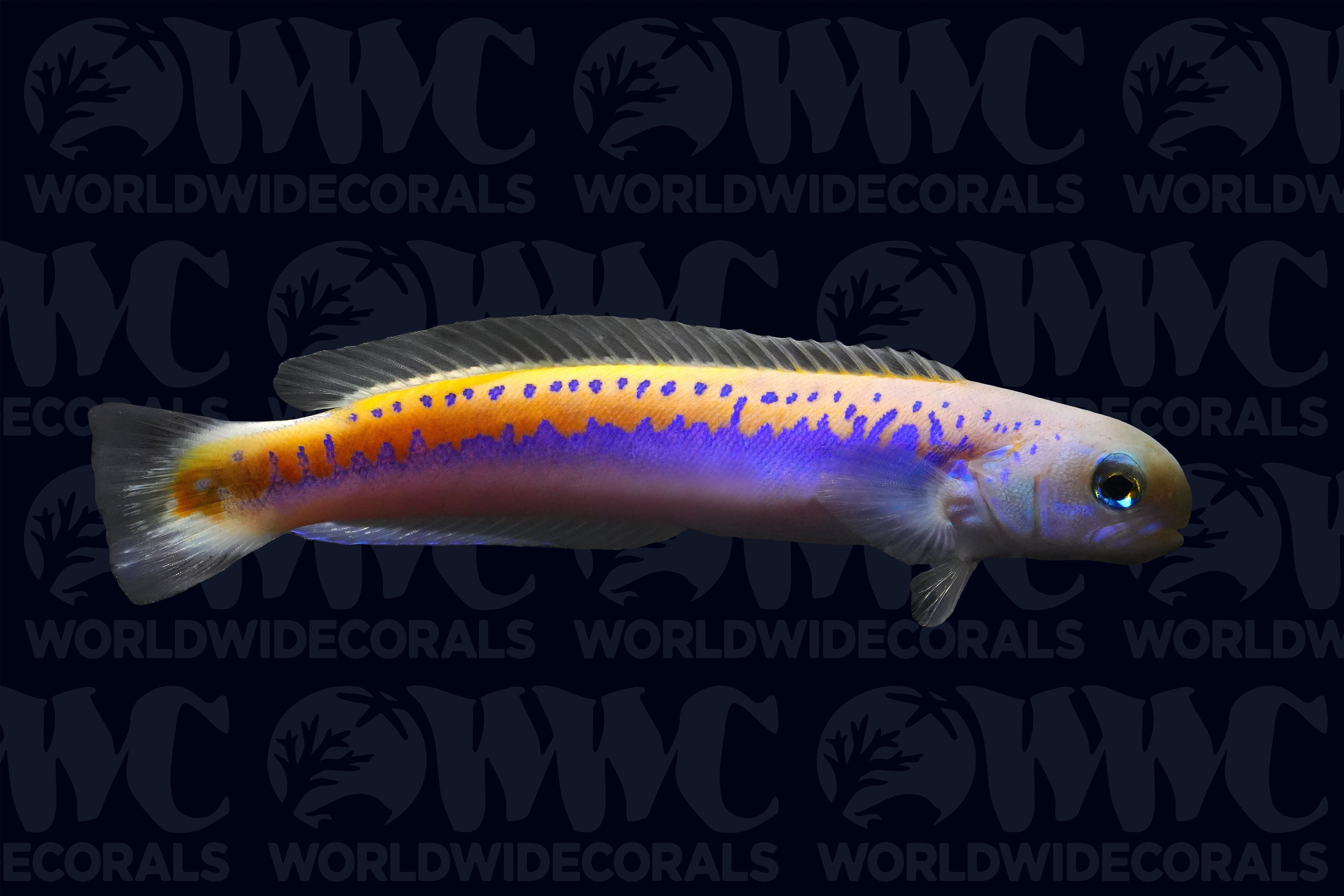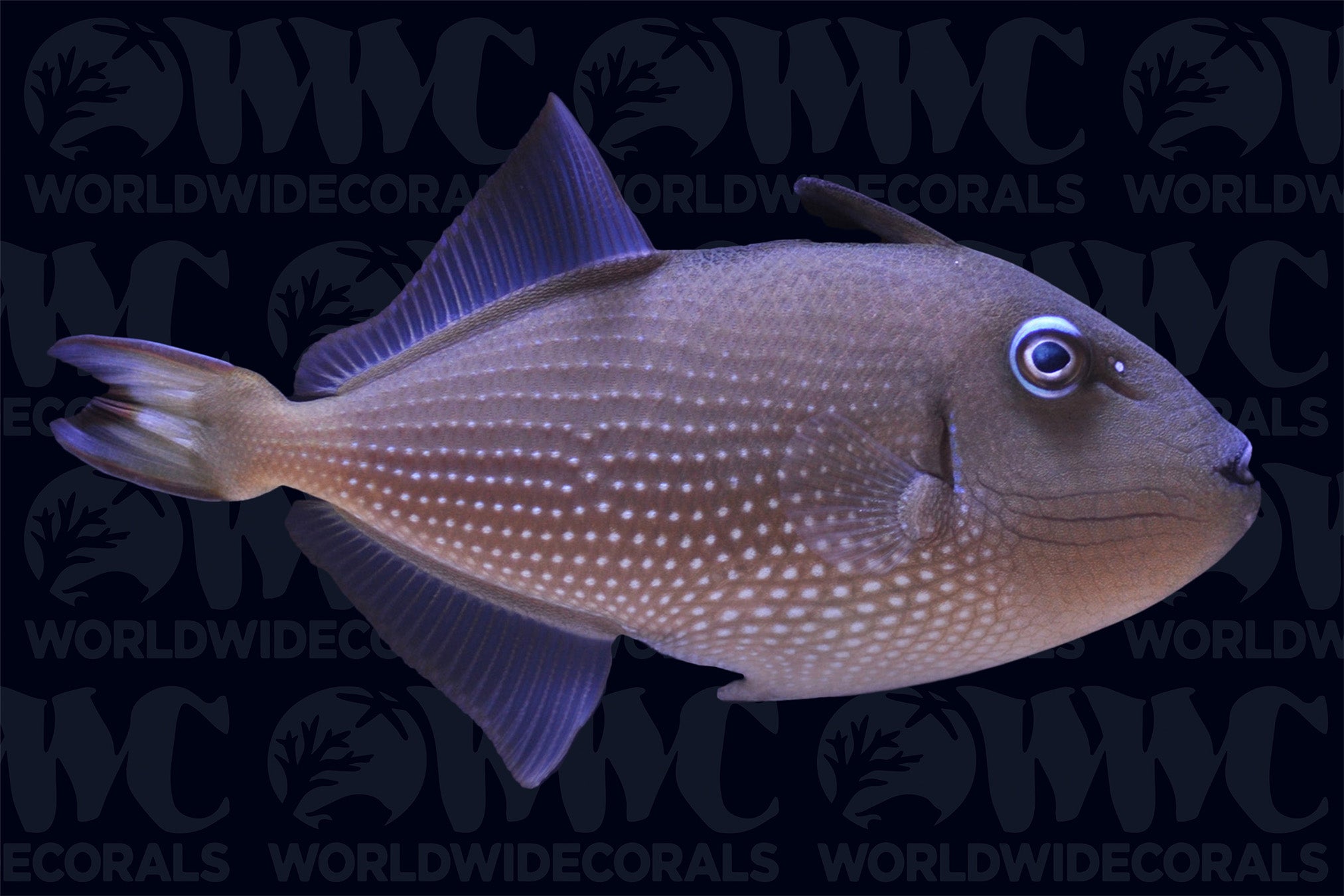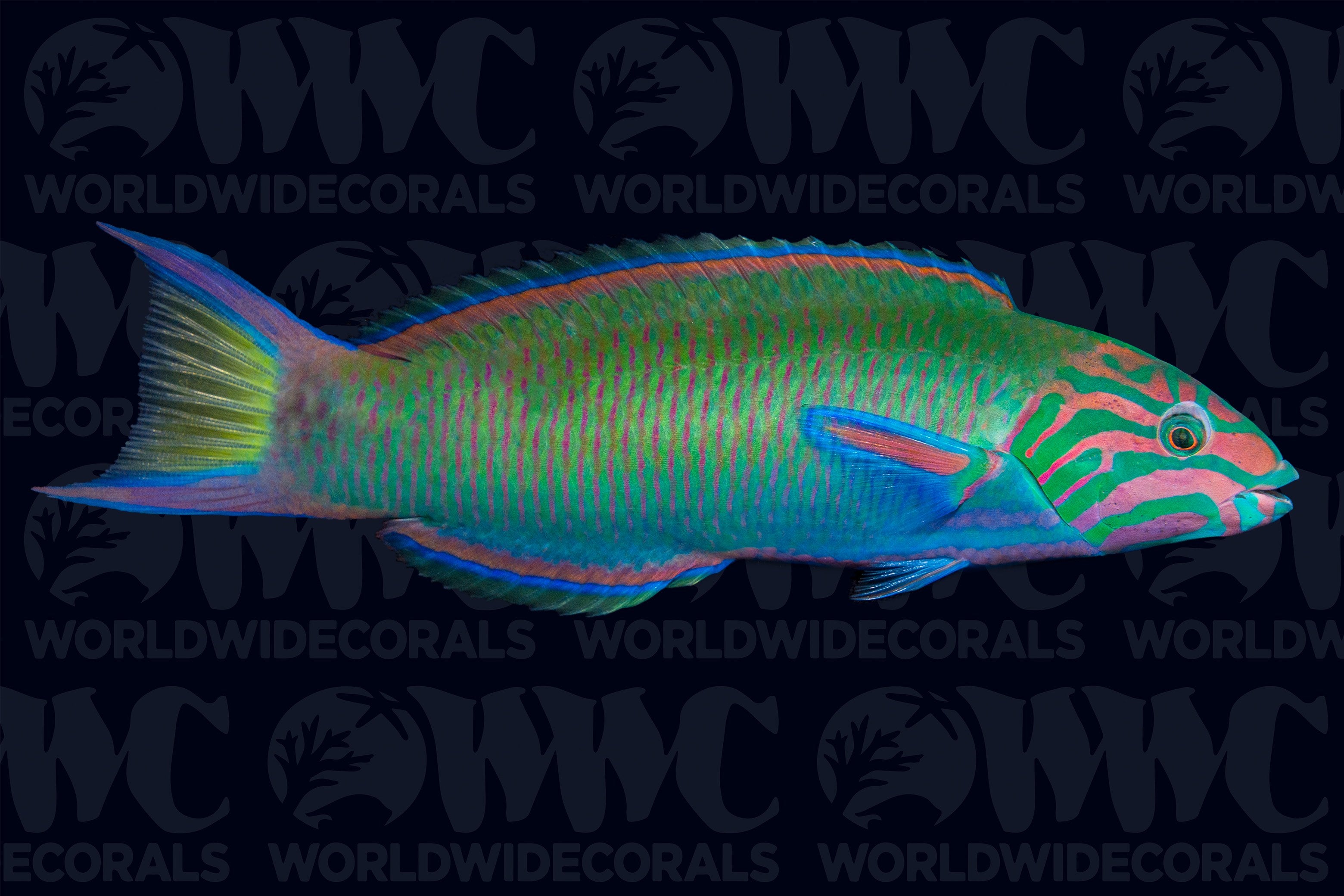Description
Apolemichthys xanthopunctatus
Angels belonging to this genus are typically regarded as more compatible with reef environments compared to most other Angels. However, it's still advisable to exercise caution. Particularly as they age, they may display tendencies to pick at benthic organisms or sessile invertebrates. Notably, Goldflake Angelfish are often observed to exhibit reduced aggression towards tank mates. Angels possess cheek spines along the edge of their gill covers. Therefore, exercise caution when handling them and refrain from using a net for capture, as they could become entangled or injured during removal. The Goldflake Angel showcases vibrant yellow hues accented by a striking black face mask and a prominent eye spot. With maturity, their coloration deepens into a resplendent gold shade, complemented by blue-tipped lips and fins. Goldflake Angels, being omnivorous, benefit from a diverse diet consisting of frozen and prepared marine Angelfish foods, as well as flake foods containing Spirulina and Nori. Regular feeding sessions, multiple times a day, suit their active nature and help deter them from picking at corals and invertebrates. These Angels can grow up to 10 inches. It's recommended to house them in aquariums of 125 gallons or larger. In their natural habitat, Goldflake Angels are commonly found near lagoons and seaward slopes in the Central Pacific, typically at depths of up to 250 feet.
Angels belonging to this genus are typically regarded as more compatible with reef environments compared to most other Angels. However, it's still advisable to exercise caution. Particularly as they age, they may display tendencies to pick at benthic organisms or sessile invertebrates. Notably, Goldflake Angelfish are often observed to exhibit reduced aggression towards tank mates. Angels possess cheek spines along the edge of their gill covers. Therefore, exercise caution when handling them and refrain from using a net for capture, as they could become entangled or injured during removal. The Goldflake Angel showcases vibrant yellow hues accented by a striking black face mask and a prominent eye spot. With maturity, their coloration deepens into a resplendent gold shade, complemented by blue-tipped lips and fins. Goldflake Angels, being omnivorous, benefit from a diverse diet consisting of frozen and prepared marine Angelfish foods, as well as flake foods containing Spirulina and Nori. Regular feeding sessions, multiple times a day, suit their active nature and help deter them from picking at corals and invertebrates. These Angels can grow up to 10 inches. It's recommended to house them in aquariums of 125 gallons or larger. In their natural habitat, Goldflake Angels are commonly found near lagoons and seaward slopes in the Central Pacific, typically at depths of up to 250 feet.
3 DAY GUARANTEE | Hassle Free | 100% Satisfaction | Online Orders Only


